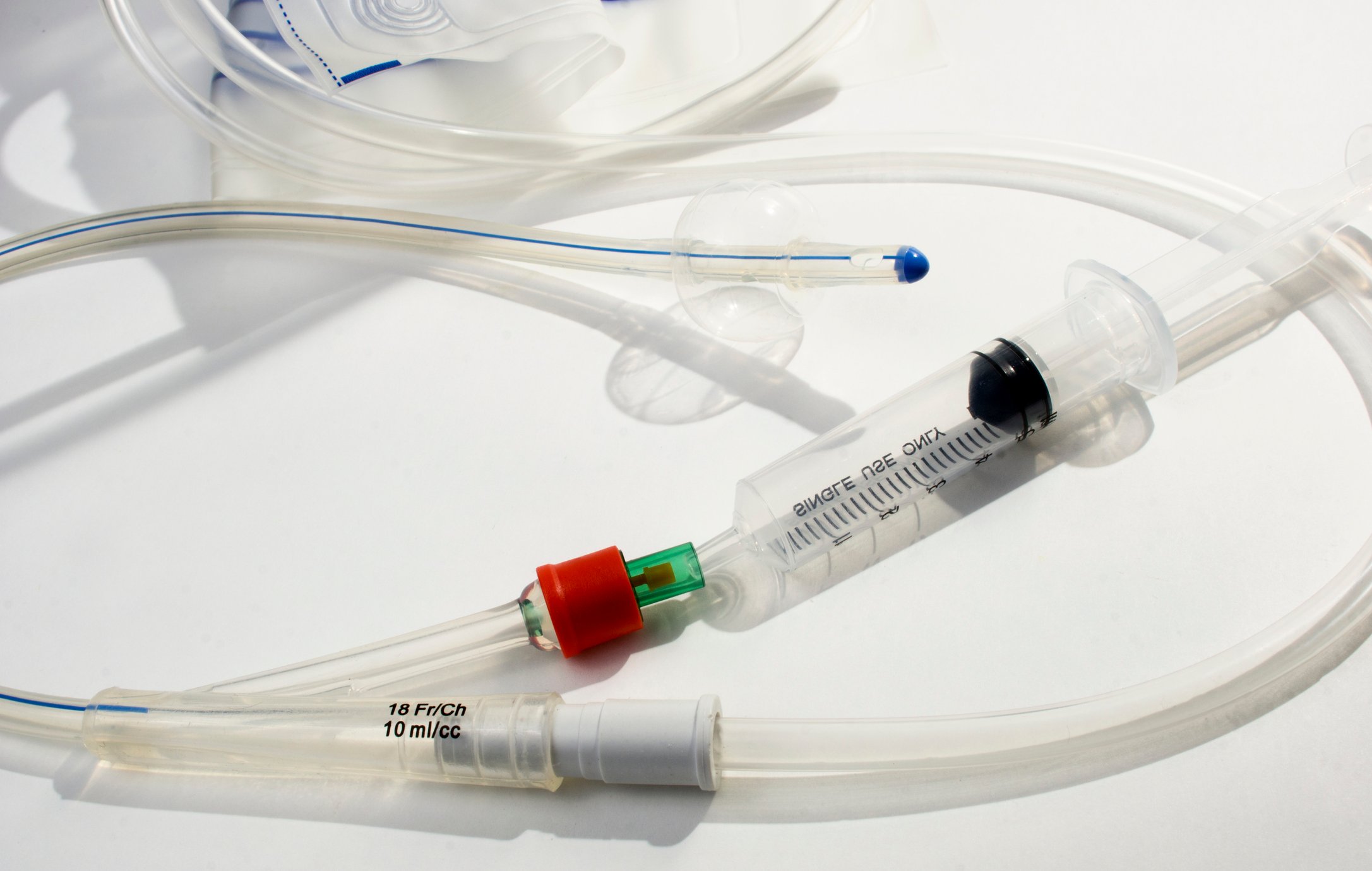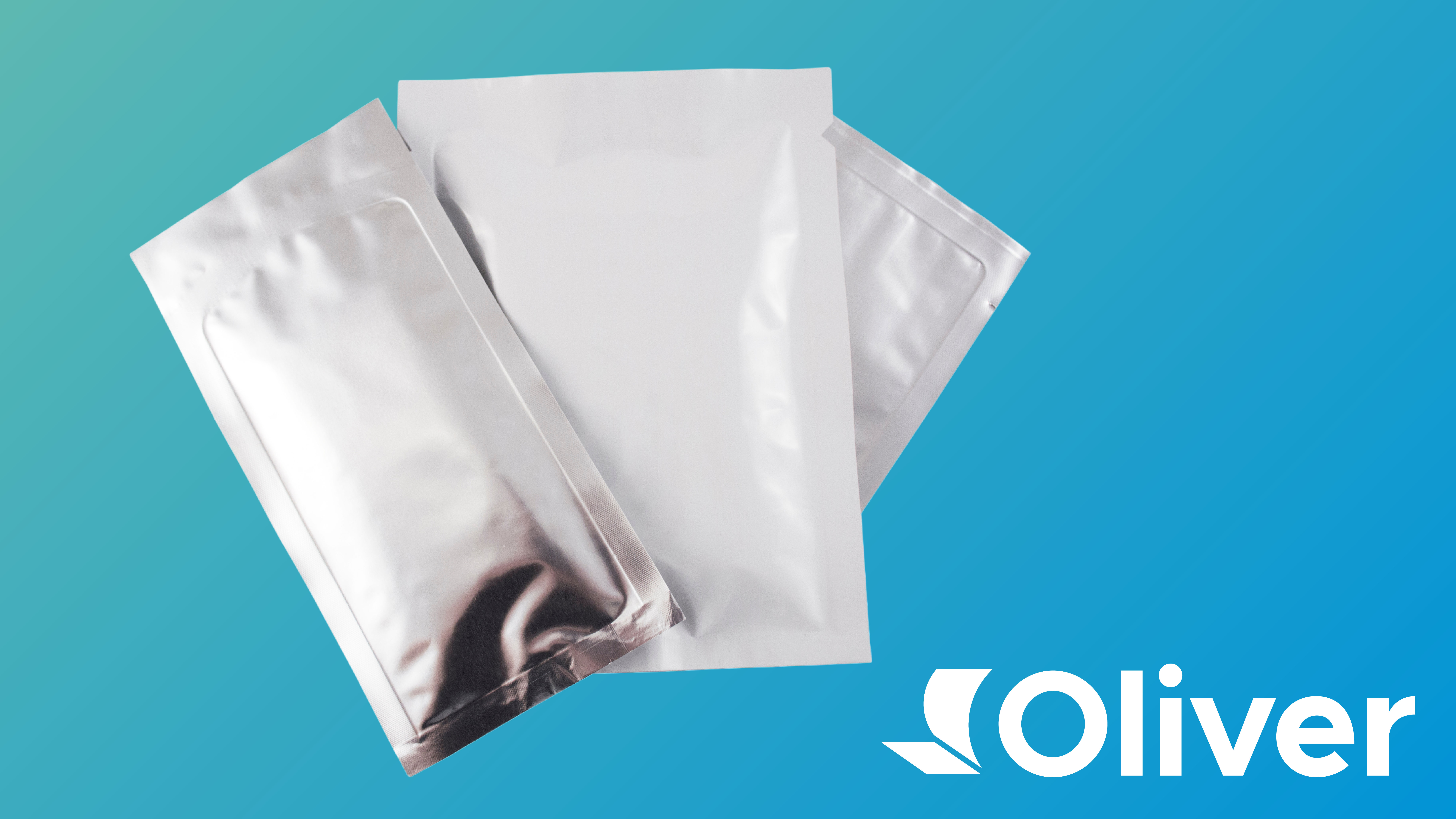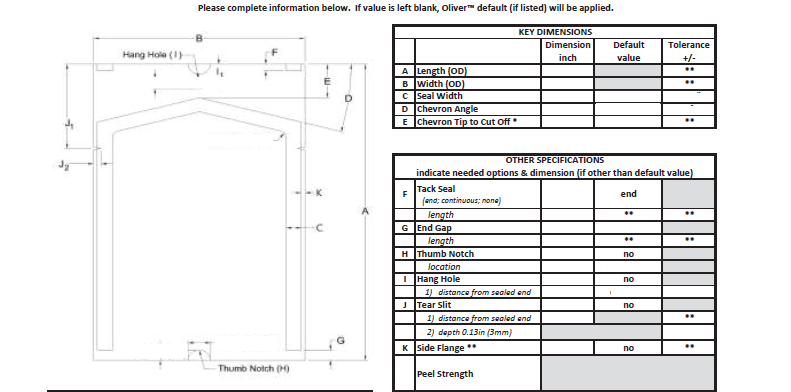Comment (1)
Recently Published Articles

How to Approach Curving or Coiling Long Catheters
Haley Schrauben
Education
Medical Device
— 2 minute read

What Are the Commonly Used Medical Device Packaging Labels in China?
Jessie Jiang
Education
Medical Device
— 1 minute read
Contact Us
CONTACT US
CHAT


